
- why-montana-remains-a-wildlife-haven-in-the-us
- best-time-of-year-for-wildlife-watching-in-montana
- local-favorites-must-visit-areas-for-wildlife-viewing
- what-species-you-can-spot-and-where
- real-encounters-stories-from-the-trails
- smart-and-respectful-wildlife-watching-practices
1. Why Montana Remains a Wildlife Haven in the U.S.
With over 147,000 square miles of wilderness, Montana remains one of the last true frontiers in the United States for wildlife watching. The state's pristine forests, alpine lakes, grasslands, and mountains offer sanctuary to a variety of animal species—from iconic grizzlies to elusive lynxes. For many locals, watching animals in the wild isn’t a tourist experience—it’s a way of life.
2. Best Time of Year for Wildlife Watching in Montana
Spring and fall are widely considered the most rewarding seasons for wildlife watching in Montana. During spring (April–June), bears emerge from hibernation, bird migrations reach their peak, and calves are born in herds of elk and bison. Fall (September–October) offers dramatic elk rutting behavior and a higher chance of spotting moose near waterways.
Winters are beautiful but less accessible for general wildlife viewing unless you're experienced and equipped for snow trekking. Summer brings higher foot traffic, but early mornings still reward the patient with sightings in quieter pockets.
3. Local Favorites: Must-Visit Areas for Wildlife Viewing
While Yellowstone gets the bulk of national attention, locals know Montana offers far more. The Bitterroot Valley, for example, is a less-touristy region where you might catch sight of mountain lions or black bears. The Bison Range near Moiese is another favorite, offering accessible driving loops through grassland teeming with elk, bison, and pronghorns.
For those near the capital, Helena National Forest presents ample wildlife viewing opportunities without the Yellowstone crowd. Glacier National Park, of course, remains a stunner—especially in Many Glacier where grizzly and mountain goat sightings are common.
4. What Species You Can Spot and Where
Montana is home to an impressive range of animals. In Yellowstone and its northern gateway towns like Gardiner, you’ll often see bison, elk, wolves, and grizzly bears. Up north, Glacier's alpine meadows are great for mountain goats, marmots, and even wolverines.
Local experts suggest heading out at dawn or dusk when animals are most active. Bring binoculars, a notebook, and patience—it pays off when a bald eagle sweeps over Lake McDonald or a moose ambles out of a willow patch in Seeley-Swan Valley.
5. Real Encounters: Stories from the Trails
A Montana native named Eli once shared his story about hiking near Cooke City. "I’d just rounded a bend when I saw a wolf pack trotting in single file across the ridge. No noise, no drama—just pure wild elegance." These moments are not rare in Montana, but they still feel magical when they happen.
A family from Oregon visiting the Bitterroot Mountains in late spring witnessed a black bear and cub cross their trail at a respectful distance. “We stayed still. It looked back once and then disappeared. We’ll never forget it,” they later wrote in their blog.
6. Smart and Respectful Wildlife Watching Practices
Montana locals and wildlife experts urge visitors to observe, not disturb. Never feed wildlife, keep a safe distance (100 yards from bears and wolves; 25 yards from others), and always stay on marked trails. Drones are discouraged as they disturb animal behavior.
For a safer and more meaningful experience, Travel Clans recommends booking tours or consulting with local guides familiar with animal territories. They often know where animals are moving that season and ensure you don’t unintentionally disrupt habitats.
Wildlife watching in Montana is about presence—not just viewing, but witnessing. Let the landscape dictate the pace, and you'll come home with stories no camera could fully capture.

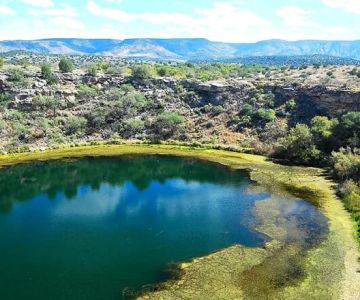
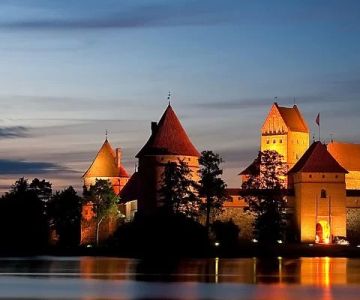

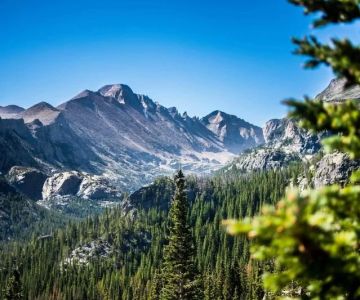
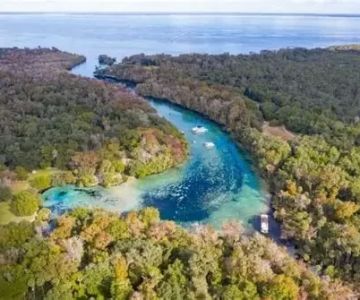
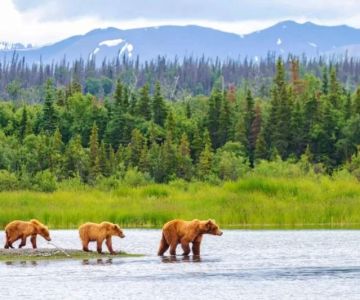
 Coney Island Boardwalk Garden4.0 (75 reviews)
Coney Island Boardwalk Garden4.0 (75 reviews) The William Hotel Midtown, Sonder4.0 (555 reviews)
The William Hotel Midtown, Sonder4.0 (555 reviews) Shepard Lake Recreation Area0.0 (0 reviews)
Shepard Lake Recreation Area0.0 (0 reviews) Stairway To Heaven4.0 (185 reviews)
Stairway To Heaven4.0 (185 reviews) Howard Bennett Playground4.0 (152 reviews)
Howard Bennett Playground4.0 (152 reviews) Isle of Meadows4.0 (10 reviews)
Isle of Meadows4.0 (10 reviews) Top Group Travel Destinations in Europe: Best Places for Group Vacations
Top Group Travel Destinations in Europe: Best Places for Group Vacations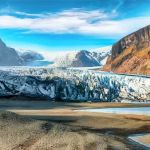 Best Travel Clans for Sustainable Travel
Best Travel Clans for Sustainable Travel How to Get Involved in Travel Clans for Social Travel: Explore Group Travel Opportunities
How to Get Involved in Travel Clans for Social Travel: Explore Group Travel Opportunities Best Group Vacation Destinations for Friends: Ultimate Travel Ideas
Best Group Vacation Destinations for Friends: Ultimate Travel Ideas Travel Clans for Solo Travelers Looking for Company: Join Unique Travel Communities
Travel Clans for Solo Travelers Looking for Company: Join Unique Travel Communities Best Travel Clans for Women Traveling Together
Best Travel Clans for Women Traveling Together